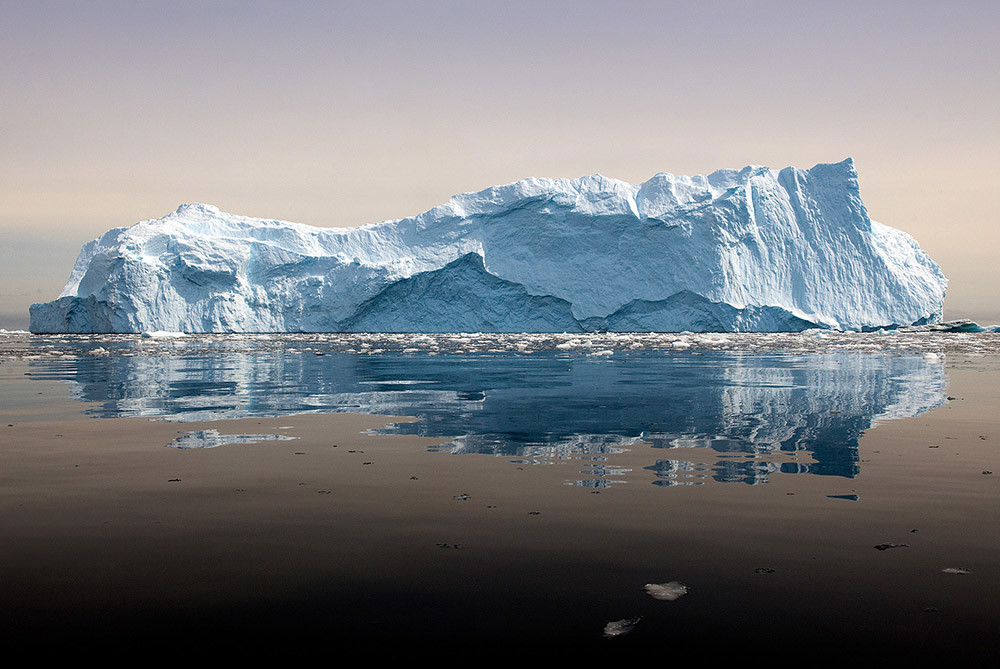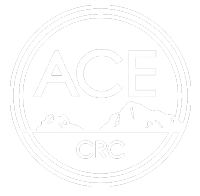Ocean-driven thinning enhances iceberg calving and retreat of Antarctic ice shelves
Proceedings of the National Academy of Sciences (Volume 112, Issue 11)

Y. Liu, J. C. Moore, X. Cheng, R. M. Gladstone, J. N. Bassis, H. Liu, J. Wen, and F. Hui. Ocean-driven thinning enhances iceberg calving and retreat of Antarctic ice shelves. Proceedings of the National Academy of Sciences. Volume 112, issue 11. pages 3263–3268, doi: 10.1073/pnas.1415137112, 2015.
The floating parts of the Antarctic ice sheet (“ice shelves”) help to hold back the flow of the grounded parts, determining the contribution to global sea level rise. Using satellite images, we measured, for the first time, all icebergs larger than 1 km calving from the entire Antarctic coastline, and the state of health of all the ice shelves. Some large ice shelves are growing while many smaller ice shelves are shrinking. We find high rates of iceberg calving from Antarctic ice shelves that are undergoing basal melt-induced thinning, which suggests the fate of ice shelves may be more sensitive to ocean forcing than previously thought.
Iceberg calving from all Antarctic ice shelves has never been directly measured, despite playing a crucial role in ice sheet mass balance. Rapid changes to iceberg calving naturally arise from the sporadic detachment of large tabular bergs but can also be triggered by climate forcing. Here we provide a direct empirical estimate of mass loss due to iceberg calving and melting from Antarctic ice shelves. We find that between 2005 and 2011, the total mass loss due to iceberg calving of 755 ± 24 gigatonnes per year (Gt/y) is only half the total loss due to basal melt of 1516 ± 106 Gt/y. However, we observe widespread retreat of ice shelves that are currently thinning. Net mass loss due to iceberg calving for these ice shelves (302 ± 27 Gt/y) is comparable in magnitude to net mass loss due to basal melt (312 ± 14 Gt/y). Moreover, we find that iceberg calving from these decaying ice shelves is dominated by frequent calving events, which are distinct from the less frequent detachment of isolated tabular icebergs associated with ice shelves in neutral or positive mass balance regimes. Our results suggest that thinning associated with ocean-driven increased basal melt can trigger increased iceberg calving, implying that iceberg calving may play an overlooked role in the demise of shrinking ice shelves, and is more sensitive to ocean forcing than expected from steady state calving estimates.






















